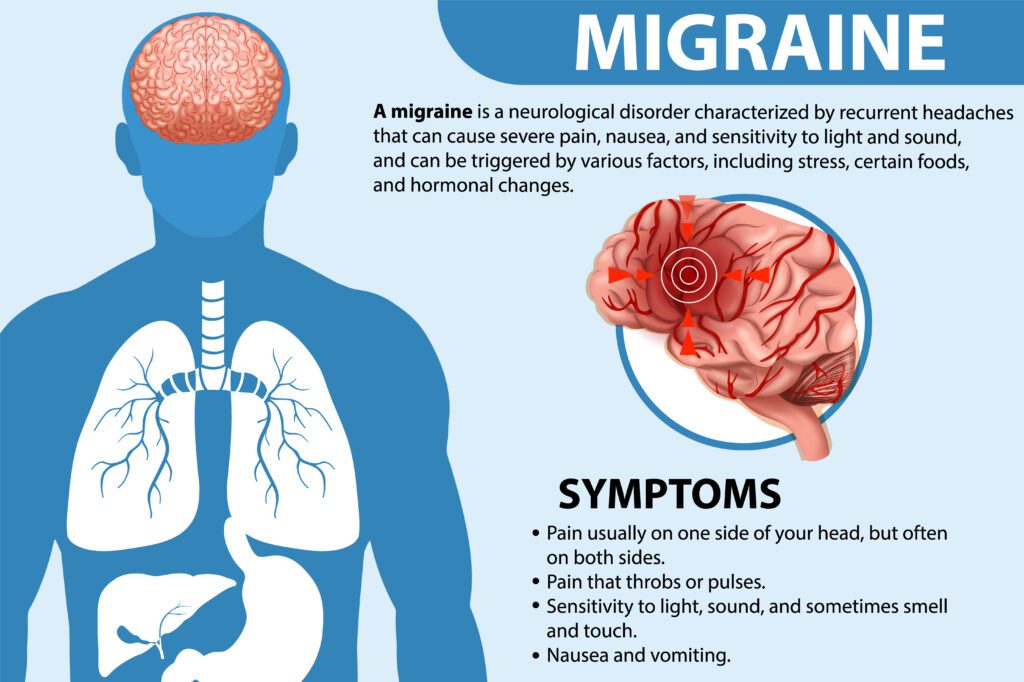Introduction
Medical coding and accurate diagnosis are essential elements of contemporary healthcare, contributing significantly to both patient care and the financial sides of healthcare delivery. Healthcare practitioners rely on standardized coding systems to record and transmit critical information about a patient’s status when it comes to chronic diseases like migraine. We will delve into the world of ICD-10 codes for migraine in this extensive tutorial, giving you a thorough grasp of the codes and their significance in clinical practice, research.
An internationally accepted approach for classifying medical diagnoses and procedures is the International Classification of Diseases, 10th Edition (ICD-10). It is essential to the management of healthcare, filing of insurance claims, and conducting medical research. Understanding the particular ICD-10 codes linked to this disease is crucial for people who have migraines. We will go into the world of ICD-10 codes for migraine in this extensive tutorial, examining its import, application, and some crucial concerns for medical practitioners.

What is ICD-10?
The World Health Organization (WHO) produced the International Classification of Diseases, 10th Edition (ICD-10), a systematic system for categorizing diseases and medical disorders. This system is essential to medical billing, coding, and record-keeping and is utilized all around the world. ICD-10 codes, which are made up of alphanumeric characters, are crucial for medical professionals, insurance providers, and public health organizations.
Understanding Migraine
Recurrent, intense headaches that are accompanied by other symptoms including nausea, vomiting, and sensitivity to light and sound are the hallmarks of the neurological condition known as migraine. It is a prominent cause of disability worldwide and can have a considerable influence on a patient’s quality of life. In order to guarantee that patients receive the right care and that healthcare facilities effectively manage their resources, accurate migraine diagnosis and coding are crucial.

ICD-10 Codes for Migraine
ICD-10 codes for migraine, a neurological illness characterized by frequent, excruciating headaches, allow medical providers to precisely record and bill for this condition. The following are the main ICD-10 codes for migraines:
1.Headache Without Atmosphere (ICD-10 Code: G43.9)
G43.0 – Headache with atmosphere
G43.1 – Adolescence occasional disorders that might be forerunners to headache
G43.2 – Constant headache emanation without cerebral localized necrosis
G43.3 – Constant headache without quality
G43.4 – Inconveniences of headache
G43.5 – Ophthalmoplegic headache
G43.8 – Other headache
G43.9 – Headache, undefined
2. Headache with Atmosphere (ICD-10 Code: G43.0)
G43.00 – Headache with atmosphere, not immovable, with status migrainosus
G43.01 – Headache with atmosphere, not immovable, with status migrainosus, recalcitrant
G43.09 – Headache with atmosphere, not immovable
3. Ongoing Headache (ICD-10 Code: G43.3)
G43.30 – Ongoing headache without emanation, not recalcitrant
G43.31 – Ongoing headache without emanation, recalcitrant
4. Inconveniences of Headache (ICD-10 Code: G43.4)
G43.40 – Convoluting status migrainosus, not immovable
G43.41 – Convoluting status migrainosus, immovable
5. Ophthalmoplegic Headache (ICD-10 Code: G43.5)
G43.50 – Ophthalmoplegic headache, not obstinate
G43.51 – Ophthalmoplegic headache, obstinate
Each of these codes has a specific function and offers a thorough explanation of the type and intensity of the migraine. When diagnosing and treating individuals with migraines, healthcare workers must appropriately choose the relevant code.
Key Considerations for Healthcare Professionals
- Accurate Diagnosis: Choosing the appropriate ICD-10 code for migraine requires an accurate diagnosis of the patient’s kind of migraine. To make a precise diagnosis, medical experts should consider the patient’s symptoms, medical history, and any aura experiences.
- Documentation: It’s crucial to accurately and thoroughly document the patient’s medical records. The type of migraine (with or without aura) as well as any accompanying symptoms (such as nausea, vomiting, or light sensitivity) must be specified.
- Coding Specifics: Make sure you are knowledgeable about the precise codes for migraines and their variations. This aids in appropriately billing and classifying for services connected to migraines.
- Updates and Revisions: Be aware that the ICD-10 system is subject to regular updates and revisions. To preserve appropriate coding methods, it’s essential to be informed about these changes.
- Consultation and Collaboration: To guarantee proper migraine diagnosis and treatment, healthcare practitioners should consult with peers, including neurologists and pain specialists.
Conclusion
ICD-10 codes for migraine are essential to the healthcare sector because they enable precise invoicing, documentation, and research on a range of illnesses, including migraines. Healthcare workers must be knowledgeable with and cautious when using the unique ICD-10 codes related to migraines. Accurate coding ensures that patients receive the right care and treatment for this crippling ailment in addition to facilitating effective healthcare administration. Keep up with ICD-10 updates and work together with colleagues to improve your migraine diagnosis and management abilities, ultimately leading to better patient outcomes.
[…] main contributors to COVID headaches are inflammation and viral infection. Inflammation can result from the immune system’s […]
This is really interesting, You’re a very skilled blogger. I’ve joined your feed and look forward to seeking more of your magnificent post. Also, I’ve shared your site in my social networks!